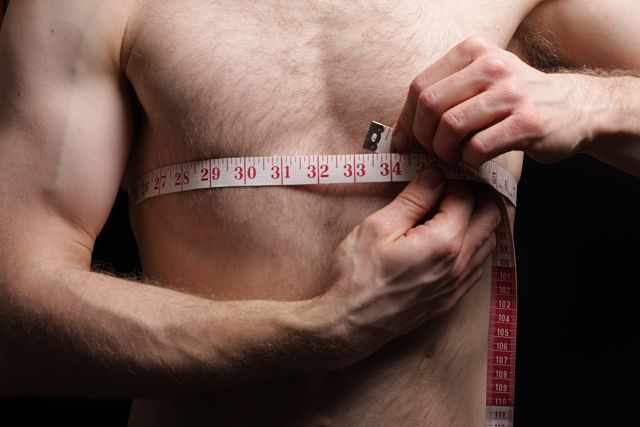Photo Credit: Phil Gradwell. via Flickr Creative Commons
Very few people would question the dynamic benefits of exercise to improve health and wellness, but very few people know about the science behind what causes these beneficial health changes to our fat and muscles.
The primary types of exercise that burn calories and fat are cardiovascular activities: walking, cycling, swimming and jogging.
The Role of Fat Cells
Our bodies have a certain number of fat cells. This number is set for us at several points during our youth and will not change as we age. Fat cells will, however, increase or decrease in size depending on our nutrition and activity. It’s a matter of calorie balance. Fat cells will stay the same size if the calories we consume equal the calories we utilize each day. If you consume too many excess calories, the size of your fat cells will increase. If you burn extra calories through exercise, the size of the fat cells will decrease.
The puzzling question is what happens to the fat—where does it go?
The answer lies in our respiration. Yes, breath and breathing are responsible for fat elimination, according to a 2014 study published in the British Medical Journal. Nearly 84% of fat molecules are exhaled as carbon dioxide. Another 16% leave the body through water, including sweat, tears, urine, and other liquids. Exercise will both increase our calorie burn and our respiration rate, so it’s the best route to burning away the pounds!
Exercises for Burning Fat
The primary types of exercise that burn calories and fat are cardiovascular activities: walking, cycling, swimming and jogging. As you perform these exercises, you breathe a lot and therefore exhale a lot of fat cells.
What Makes Your Muscles Grow
Skeletal muscle (one of three types of muscle tissue in the human body, which makes up muscle groups like the quads and triceps) is made of fibers. Without stimulation, those fibers tend to stay the same. If you stimulate, or as I like to say “challenge” the muscle, the fibers will grow, become more powerful and increase in size.
How does this change occur? These muscle fibers tear in a microscopic way when you train them. As your body heals these tears, your muscle fibers become stronger. The more frequently you repeat this process, the more your muscles will improve in strength and size.
Delayed Onset Muscle Soreness (DOMS)
These tears are part of what causes muscle soreness after exercise. You will typically begin to notice this type of soreness within 12-24 hours after exercise and it will last another day or two. If this soreness lasts longer than that, you might consider decreasing the intensity of your exercise during your next workout.
Other factors that influence our gains in strength and size include nutrition, genetics and the types of training we use.
Ready to start shrinking fat and building muscle? See the Ornish Living article Breathing for Better Exercise to better understand how to maximize the release of fat cells!
This content was originally published on Ornish Living.






